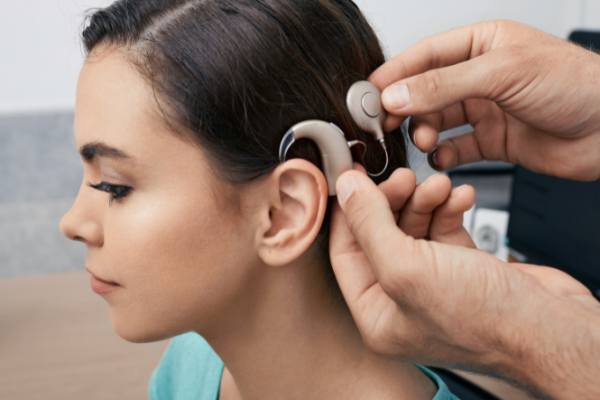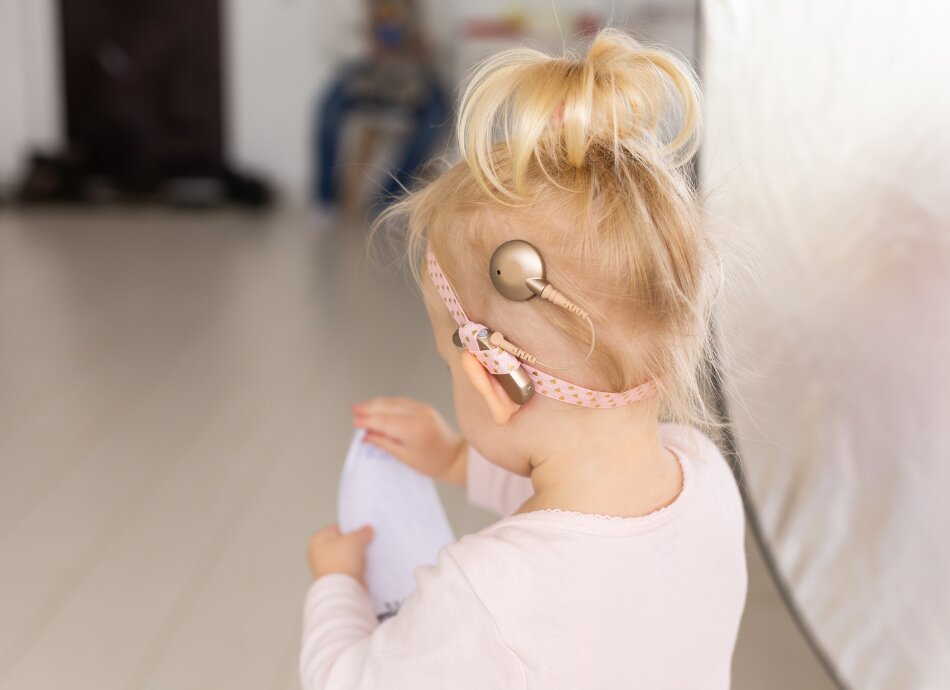A cochlear (kok-lee-ah) implant is a small device that helps people hear. It's used when hearing aids do not work for people who have severe hearing loss.
The device has a microphone behind your ear that picks up sounds and turns them into electrical signals.
The second part of the device is inside your skull and has an electrode (wire) going to your inner ear (cochlea). The electrical signal simulates your auditory (hearing) nerve to send nerve impulses to the auditory centres in your brain.

Image credit: Canva
Cochlear implants don't suit everyone. You or your tamaiti (child) will need a full assessment with a specially trained audiologist (hearing specialist), speech-language therapist and a surgeon called an otolaryngologist (ot-o-lar-in-jol-o-jist) (previously called an ear, nose and throat or ENT specialist) to decide if it's an option.
Surgery for a cochlear implant takes about 2 hours and is done under a general anaesthetic (you're asleep).
The device is turned on a few weeks after the surgery. It can take weeks to months to get used to hearing and you'll need help from an audiologist and speech-language therapist.






